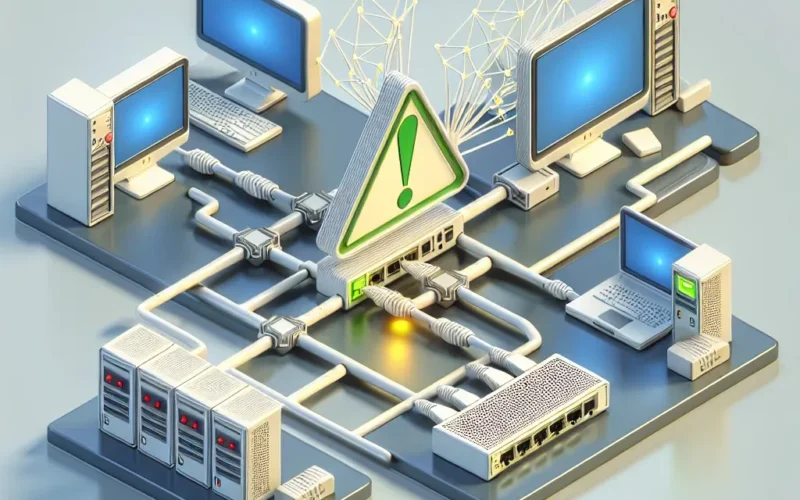Resolving driver conflicts with a network adapter can be crucial for maintaining a stable and reliable internet connection. Driver conflicts generally occur when two or more hardware components attempt to use the same resource, or when a new driver update is incompatible with existing system configurations. Here’s a step-by-step guide to help you diagnose and resolve these conflicts in an efficient way.
Understanding Driver Conflicts
Driver conflicts happen for several reasons, including:
- Outdated network adapter drivers
- Incompatibility of new driver updates
- Resource conflicts between multiple hardware devices
- Corrupted driver files
Understanding these potential sources can help in diagnosing the precise issue. Below is a table that categorizes common symptoms and their probable causes:
| Symptom | Probable Cause |
|---|---|
| Intermittent Connectivity | Outdated or corrupt driver |
| Slow Network Speed | Driver incompatibility |
| Network Adapter Not Detected | Resource conflict |
Step-by-Step Guide to Resolve Driver Conflicts
1. Identifying the Issue
Before you can resolve a driver conflict, it’s essential to identify the problem:
- Device Manager: Go to Control Panel > System and Security > Device Manager. Look for any yellow exclamation marks next to your network adapter.
- Event Viewer: Access the Event Viewer to see logs related to system and driver errors.
2. Updating Network Adapter Drivers
Updating the driver can often resolve compatibility issues:
- Automatic Update: Right-click on the network adapter in Device Manager and select ‘Update Driver.’ Choose ‘Search automatically for updated driver software.’
- Manual Update: Visit the manufacturer’s website, download the latest driver and install it.
3. Rollback to a Previous Driver
If the issue started after a recent driver update, rolling back to the previous version may resolve it:
- Open Device Manager and right-click on the network adapter.
- Select ‘Properties’ and go to the ‘Driver’ tab.
- Click ‘Roll Back Driver’ to revert to the older version.
4. Reinstalling the Network Adapter Driver
When a driver is corrupt, reinstalling it can resolve many issues:
- Open Device Manager and right-click on the network adapter.
- Select ‘Uninstall device’ and confirm.
- Restart your computer; Windows should automatically reinstall the driver.
5. Resolving Resource Conflicts
Resource conflicts can occur when multiple devices are trying to use the same system resources:
- Open Device Manager and double-click the network adapter.
- Go to the ‘Resources’ tab to check for conflicts.
- Reassign resources if necessary or disable the conflicting device temporarily.
Best Practices to Avoid Driver Conflicts
Regular maintenance and updates can help minimize driver conflicts:
- Keep Drivers Updated: Regularly check for and install the latest drivers from the manufacturer’s website.
- System Backups: Maintain regular backups so you can restore your system to a previous state if needed.
- System Restore Points: Create restore points before installing new drivers or updates.
- Hardware Compatibility: Ensure all your hardware components are compatible with each other and with your operating system.
Conclusion
Driver conflicts with network adapters can be challenging but are often resolvable through a systematic approach. By identifying the issue, updating or rolling back drivers, and ensuring there are no resource conflicts, you can restore your network connection’s reliability. Implementing best practices can also help prevent future driver conflicts.

